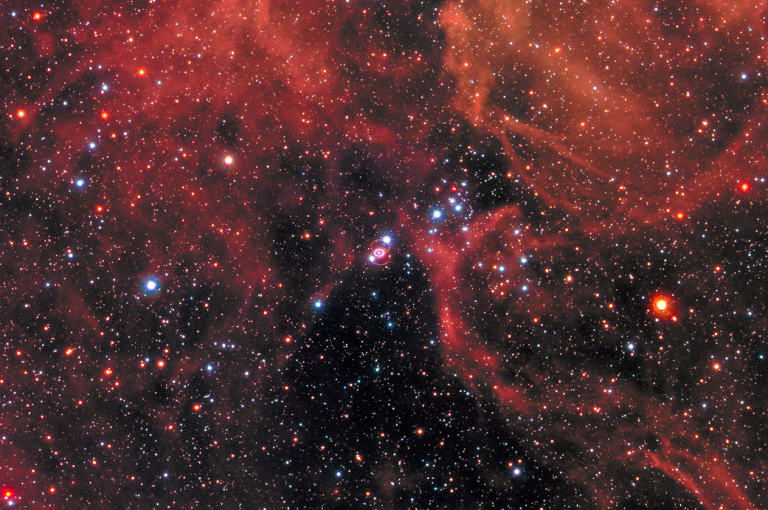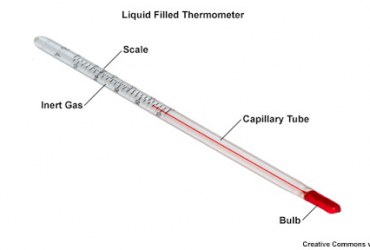Sir Isaac Newton first presented his three laws of motion in the “Principia Mathematica Philosophiae Naturalis” in 1686. His second law defines a force to be equal to the change in momentum with a change in time. Momentum is defined to be the mass m of an object ...
Teachers Of Physics Latest Articles
[Explained]Newton’s First Law
Admin![[Explained]Newton’s First Law](https://teachersofphysics.com/wp-content/uploads/2020/09/Boy-with-backpack-768x510.png)
Sir Isaac Newton first presented his three laws of motion in the “Principia Mathematica Philosophiae Naturalis” in 1686. His first law states that every object will remain at rest or in uniform motion in a straight line unless compelled to change its ...
100,000,000,000 Neutrinos Are Passing Through You as You Read These Words
Admin
For a particle with no charge and nearly no mass, the neutrino gets a lot of scientific press—and it’s no wonder it’s captured the attention of physicists (though non-physicists might, for the most part, be unaware that scientists have built ...

![[Explained] Newton’s Second Law](https://teachersofphysics.com/wp-content/uploads/2020/09/Stone-1-768x510.png)


![[Explained] Newton’s Third Law](https://teachersofphysics.com/wp-content/uploads/2020/09/fall_2013_sketcheskey_3-370x250.jpg)